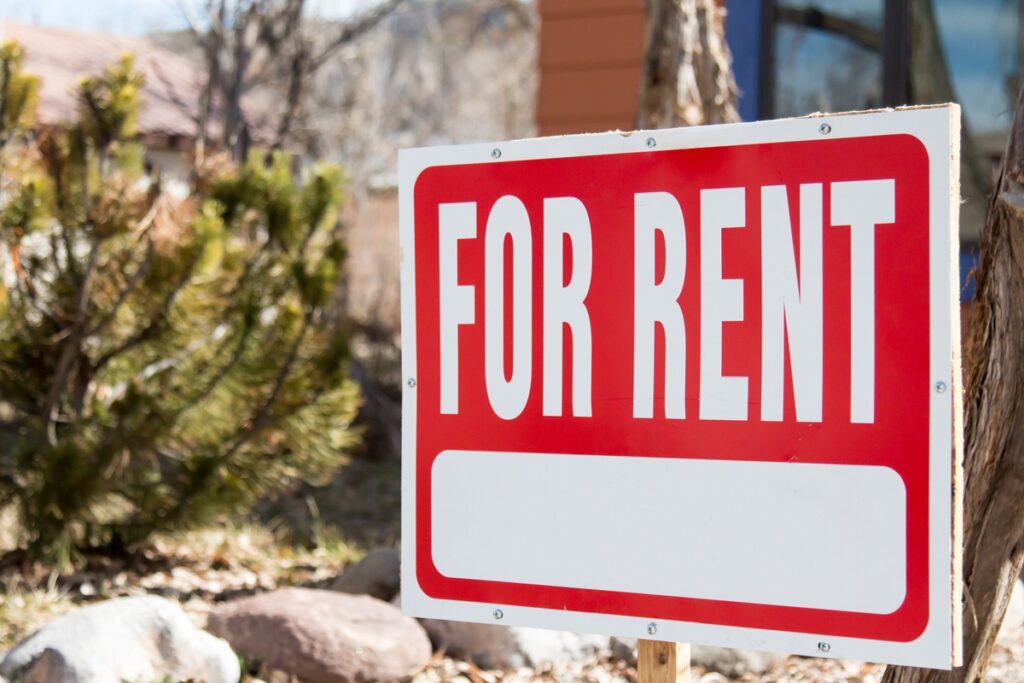Rapid rent increases mixed with widespread financial hardship pushed the number of cost-burdened renters to a record high of 22.4 million households in 2022, according to a new analysis from Harvard’s Joint Center for Housing Studies. With housing costs outpacing income gains, low-income renters have been hit especially hard—median residual income remaining post-rent has sunk to $310 a month, far less than the minimum for an adequate standard of living, and turning food, healthcare, and childcare from necessities to niceties in the current market.
The cause? Median rent increased a whopping 21% between 2001 and 2022, while median renter household income increased just 2%.
Rapid Rent Growth
Rents have grown rapidly across all income groups since 2001:
- The largest increase was for households earning $75,000 or more, where median rent increased by 27%, to $1,800 in 2022.
- Median rent for middle-income households earning between $30,000 and $74,999 rose by 18% to $1,300.
- Median rent for households earning less than $30,000 grew by 14% to $940
- Renters earning less than $30,000 had the smallest increase, but these are people for whom housing is persistently unaffordable. Plus, 83% of lower-income households were cost burdened.
Between lost wages and climbing unemployment, lower-income renters were hardest hit economically in the pandemic. The median income for households below $30,000 fell by 12%. Whereas median income for renter households earning between $30,000 and $74,999 fell by only 2%, and households earning $75,000 or more actually saw a 3% increase in their median incomes.
The Devil in the Details
While the median residual income for all renter households declined by 4% from 2001 to 2022, the devil is in the details. Again, lower-income renters got the worst of it: their median residual income dropped a staggering 47%—leaving them with just $310 a month for all non-rent expenditures. Median residual income for lower-income renters fell by $160 just between 2019 and 2022, a decline greater than the entire amount lost between 2001 and 2019 ($110).
Median residual income for higher-income renters ($75,000 or more) was relatively steady at $7,460 in 2022, less than half a percentage point higher than in 2001, while median residual income for middle-income renters ($30,000-$74,999) was $2,690, down 4% since the pandemic, and down 10% since 2001.
According to the report, rental subsidies have not kept up with need. In 2021, only one in four eligible households received assistance, meaning 14.2 million eligible households received nothing. As the numbers continue to climb and people are living on thinner margins, the JCHS concluded that “a greater investment in subsidies will be necessary to protect financially vulnerable renters and mitigate the painful tradeoffs that are increasingly a fact of life for many households.”
You can read JCHS’ full report by clicking here.






